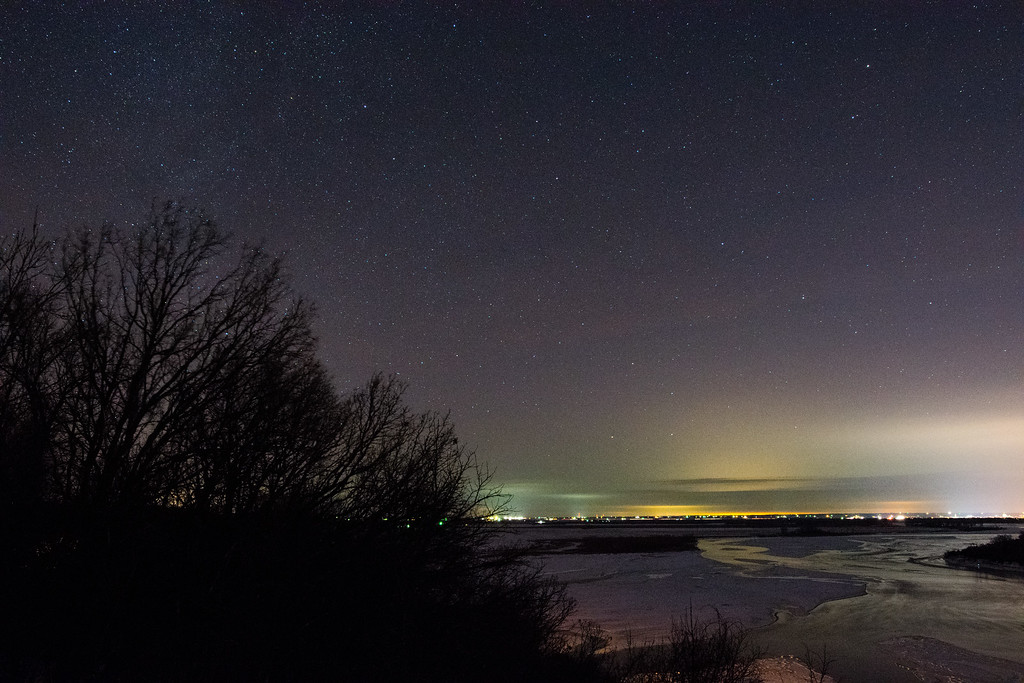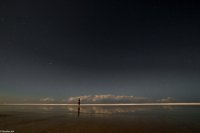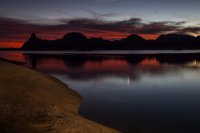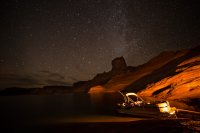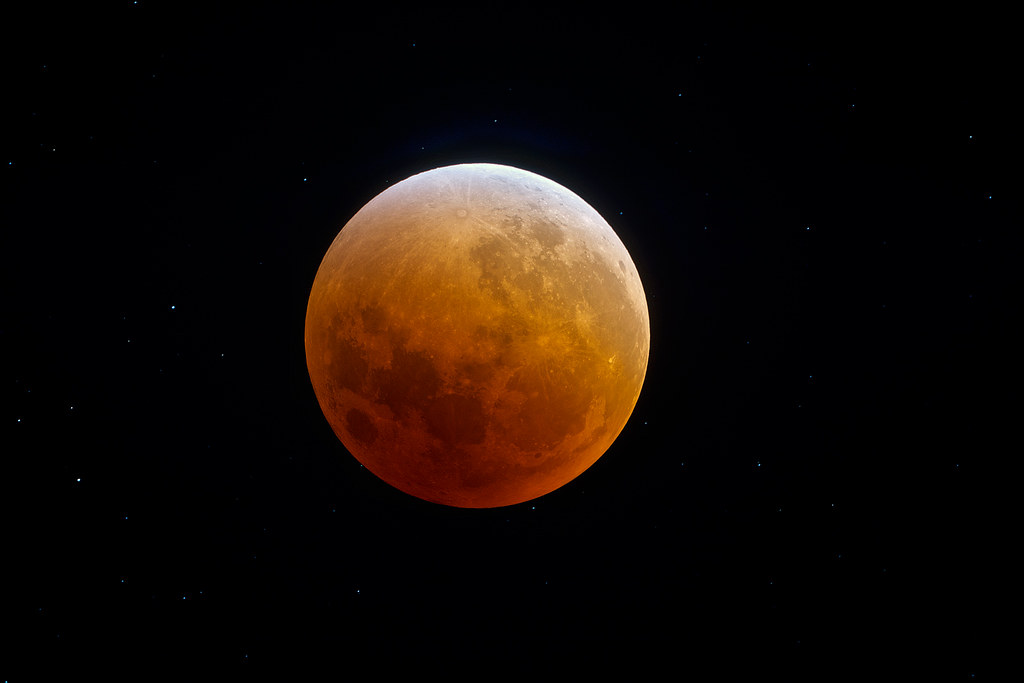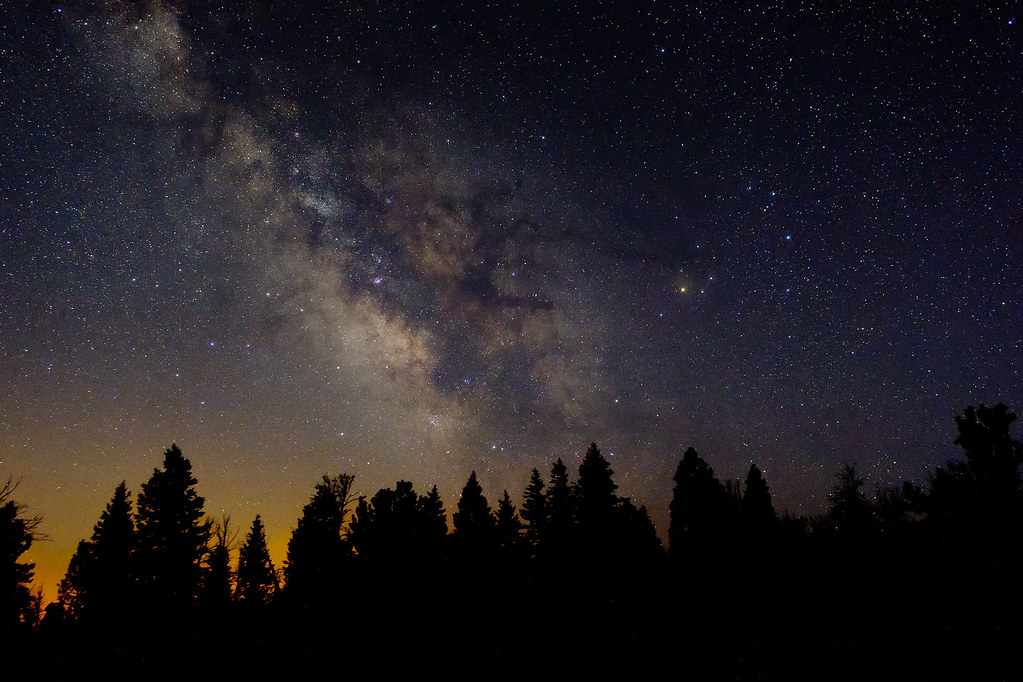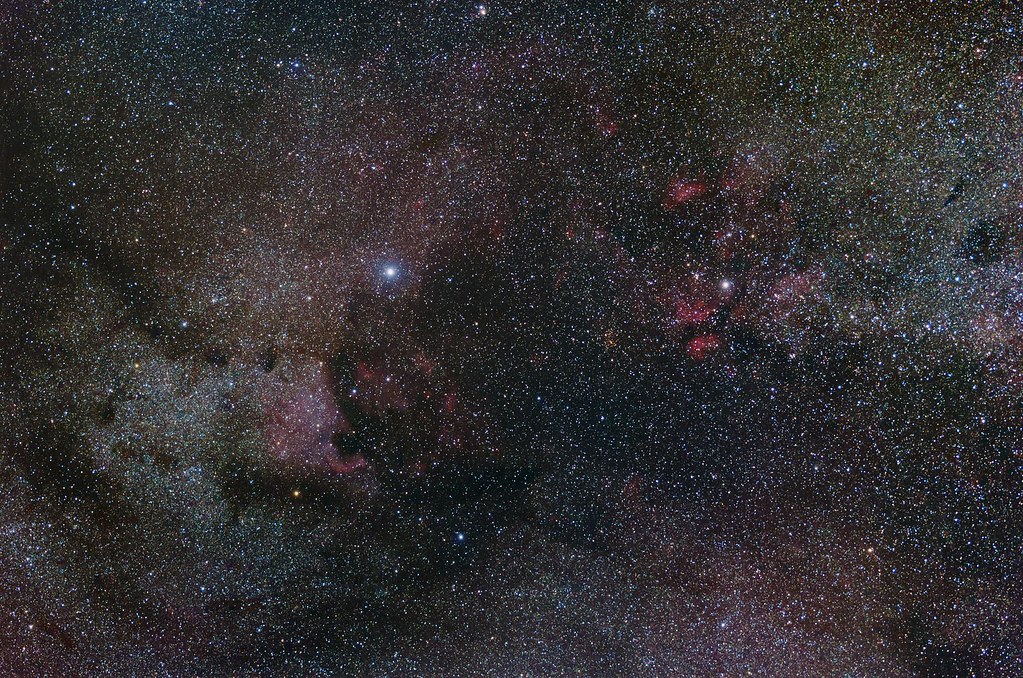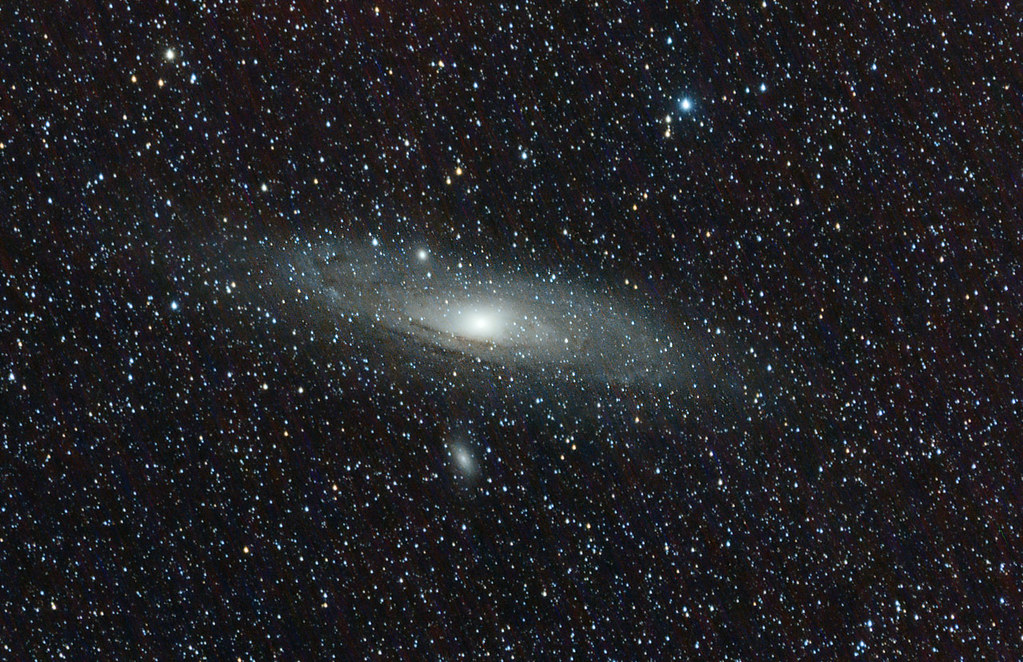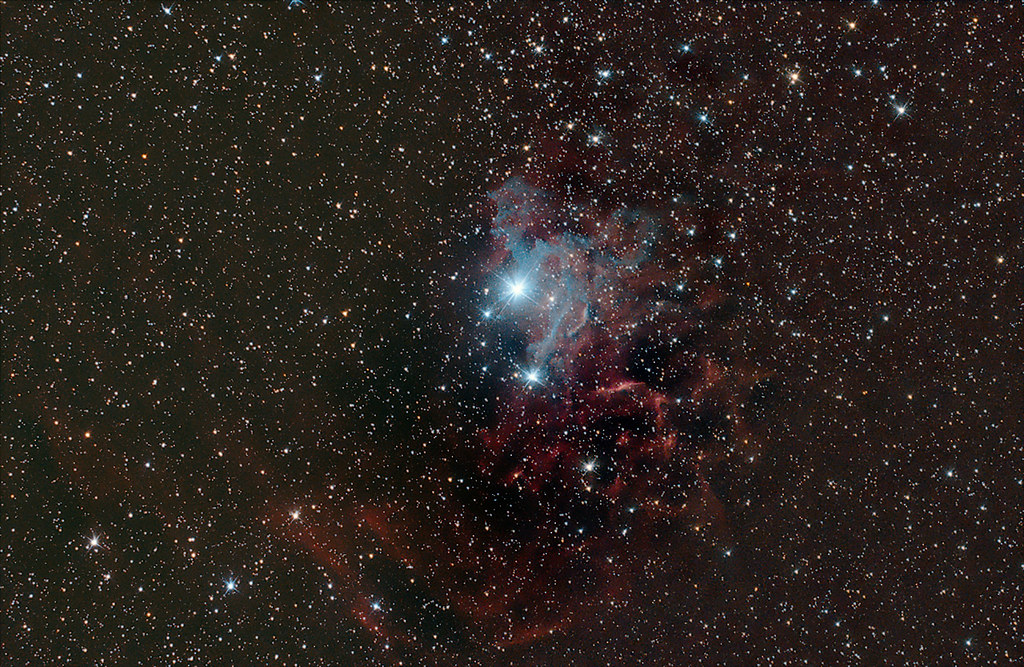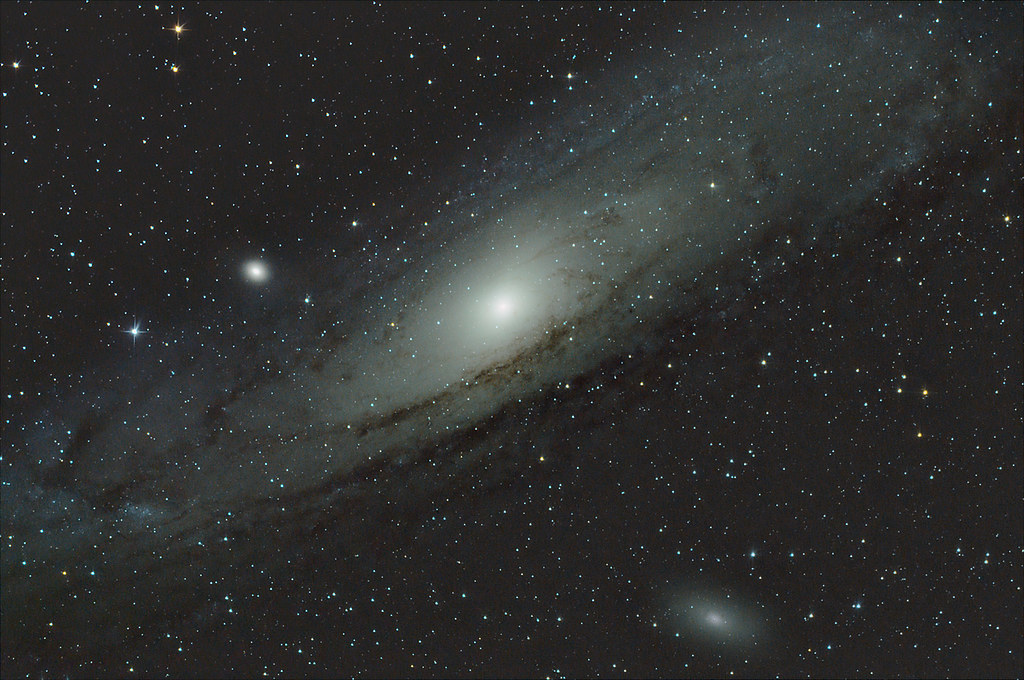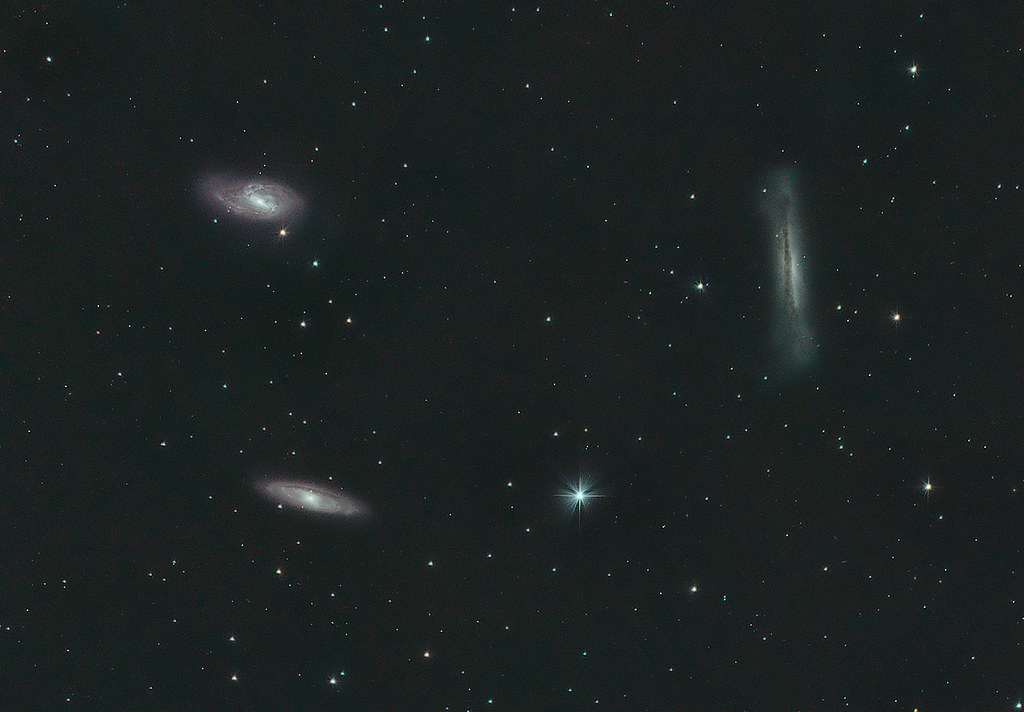I would like to take some pictures like the ones on this thread. They are stunning.
However I have never had a camera that was capable.
If someone would indulge me a few questions.
What length of exposure do you need to get stars? Is it possible with a point and shoot camera? Right now I can't step up to a big camera. So is there anyway can I sneak into this group of great photos but as a cheapskate?
tozo has given some great advice above. In short, you need to be able to allow as much light onto your camera's sensor as possible, whilst still taking care not to under or overexpose parts of the image. To do that you'll need to consider all or some of the below:
- Get away from the light pollution in cities and towns
- Depending on the effect you want, set your camera's ISO (light sensitivity) to higher than 800
- Depending on the effect you want, shoot exposures for between 10 secs to several mins
- Use a wide angle lens (maybe 14mm or wider)
- Use a fast lens (f2.8 aperture or faster)
- Shoot in RAW format if possible, to capture maximum image data
- Use a tripod, remote control or self timer to eliminate camera shake
Astrophotography is generally a trial and error combination of all of the above to get the photo you want. I'm sure i'm not the only one who shoots the same image maybe 10 or more times with a variety of shutter speed, ISO, aperture combinations before selecting the one that came out best when i'm reviewing them at home.
Mirrorless or DSLR cameras generally produce better results due to their larger, superior sensors but you may be surprised by the results you can get with some point and shoots. Have a read of this
great article about shooting the Milky Way with a P&S on the Lonely Speck site, and in fact have a read through the entire site itself. There's lots of great info and tutorials on there for shooting the night sky!




